Curious Questions: Why do churches have gargoyles?
Inevitably hideous-looking and often mischievous, why do gargoyles and grotesques adorn some of our most solemn churches, asks Ben Lerwill.

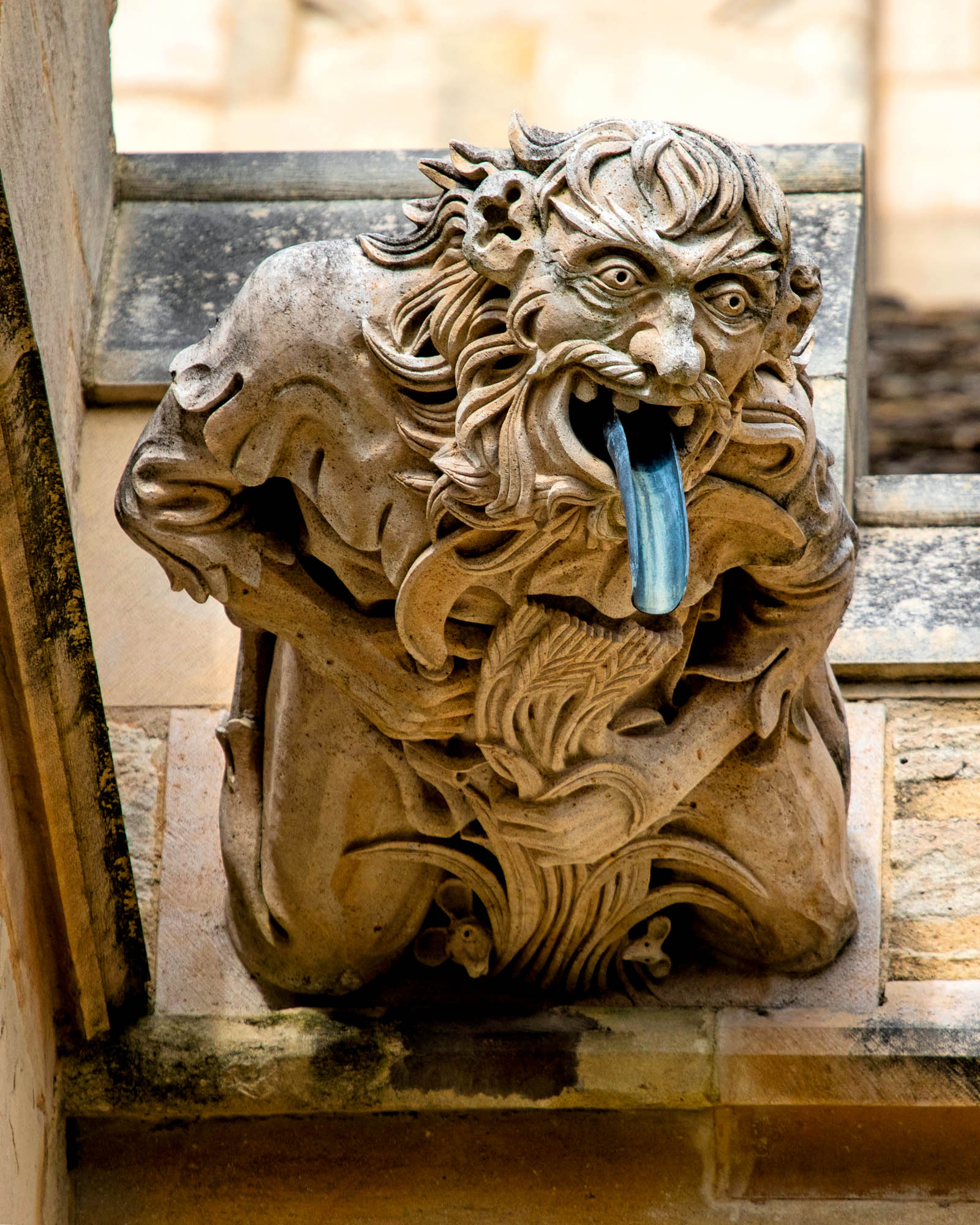
Picture the outside of a church. Here’s the porch, here’s the steeple, here’s the parish noticeboard. It’s all very ordered and all very charming — except for the gruesome faces on the roofline. They leer down at us as if they know something we don’t, their nostrils flared and their teeth bared. Some have horns, others have fangs or lewd, lolling tongues. They are stone made ugly, their face-ache features frozen into cackling disdain for the weak humans below. Very few of them have what you’d call a benevolent gaze.
Gargoyles and grotesques still stare down from many a church, cathedral, college and country home. But what are they exactly, why are they there and how did these imps in the guttering come to play a role in formal architecture? Just as the carvings themselves take all manner of different forms — from snarling dragons and scabrous man-beasts to wild-haired rogues and grinning gremlins, even ones which we might recognise as aliens — there’s a tangle of different theories and answers.
A gargoyle is a practical design feature. The name comes from the Old French word gargouille, meaning ‘throat’, a reference to the fact that true gargoyles double as waterspouts. They help to divert rainwater away from a building’s masonry, most often via the figure’s mouth, essentially becoming a decorative part of the drainage system. A grotesque, on the other hand, is a stone sculpture with no spout function. To confuse things, the term gargoyle is often used to refer to both gargoyles and grotesques.
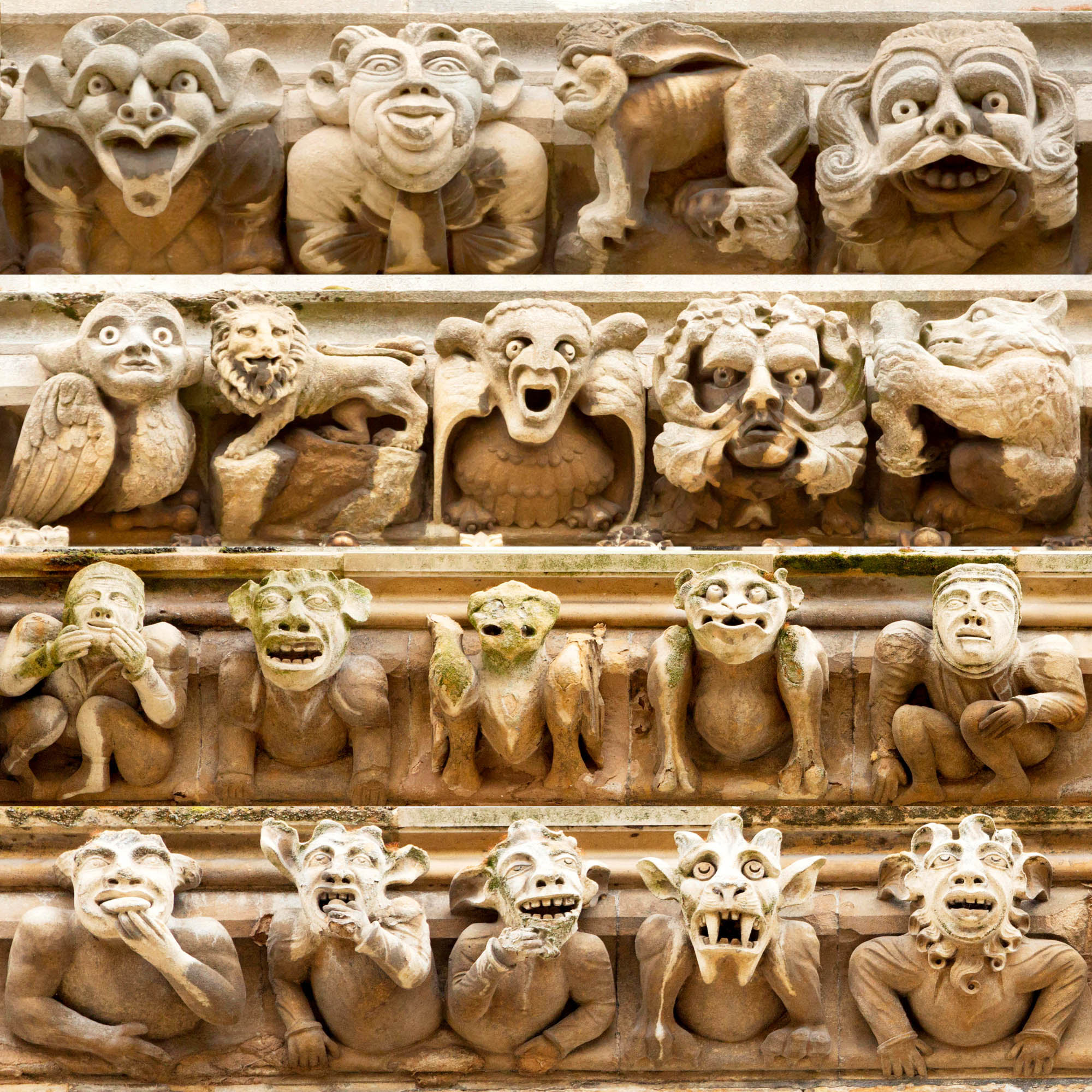
The carvings have long been appearing below our rooftops. ‘The great age for them was really the later-medieval period, the later Gothic,’ explains Alex Woodcock, a former cathedral stonemason and author of the book Gargoyles and Grotesques (Bloomsbury). ‘That’s when they get really quite inventive, because of changes in the style of rooflines. But they draw on a long history of people placing figures and images in that location. Romanesque architecture made use of lots of carved corbels and, before then, temples had antefixes, pressed terracotta images in the eaves showing things such as Medusa.’
Unlike the sculpted corbels and other such features of earlier buildings, however, medieval grotesques and gargoyles had no structural or protective supporting role, existing either as drainage spouts or as grimacing artworks in their own right. Most, although not all, portrayed a single face or figure with a demonic or animalistic bearing; some buildings had dozens incorporated into their design. As a design hallmark of the Gothic period, which broadly stretched between the 12th and 16th centuries, they’re seen in countries such as France, Germany, Switzerland, Italy, Spain and, of course, in the UK.
Initially, they were not universally admired. Even as early as the 12th century, French religious leader St Bernard of Clairvaux was outspoken on the topic. ‘What is the meaning of these unclean monkeys, these strange savage lions, and monsters?’ he wrote. ‘To what purpose are here placed these creatures, half beast, half man, or these spotted tigers?... Surely if we do not blush for such absurdities, we should at least regret what we have spent on them.’
St Bernard’s puzzlement as to why these carvings had been commissioned — often at considerable cost — still lingers today. ‘There are lots of theories and ideas as to why they’re there,’ agrees Dr Woodcock, who has previously repaired some of the weathered grotesques at Exeter Cathedral in Devon. ‘The truth of it is that nobody really knows. It’s connected to lots of things. Churches and cathedrals are sites between the human world and the world of the divine and monstrous imagery does tend to coalesce around these places, possibly to warn us that this is a different space or, possibly, to protect that building and users of it from malevolence.’
Exquisite houses, the beauty of Nature, and how to get the most from your life, straight to your inbox.

This idea that the sculptures somehow serve as protective charms to repel evil spirits is one of the most widely accepted theories, although other hypotheses abound. One is that grotesques and gargoyles, some of which may originally have been brightly painted, were designed to be ‘read’ by illiterate parishioners — behave, or else! Another is that the carvings sent a message that the outer world was full of misdeeds and mayhem, in contrast to the sanctity of the church itself.
‘There’s also a long tradition of carving powerful imagery connected to sacred sites,’ Dr Woodcock continues. ‘If you break a gargoyle down, they’re often made up of different parts of powerful animals, so you might get the head of a lion and the wings of a bird. They’re mixing up categorical things and this places us at the edges of what we can understand. You could say that gargoyles’ association with these buildings is somehow connected to that — these are places we can never quite understand.’
Whatever the reasons for their existence, there’s something enlivening about an eternally gurning face forming part of an austere building. More than half a millennium’s worth of churchgoers have baulked under the boggling stare of some of these sculptures, which are often impeccably crafted. And the trade still lives on, as evidenced by the effigy of an extraterrestrial from Ridley Scott’s Alien film on the façade of Paisley Abbey near Glasgow, an addition from the 1990s.
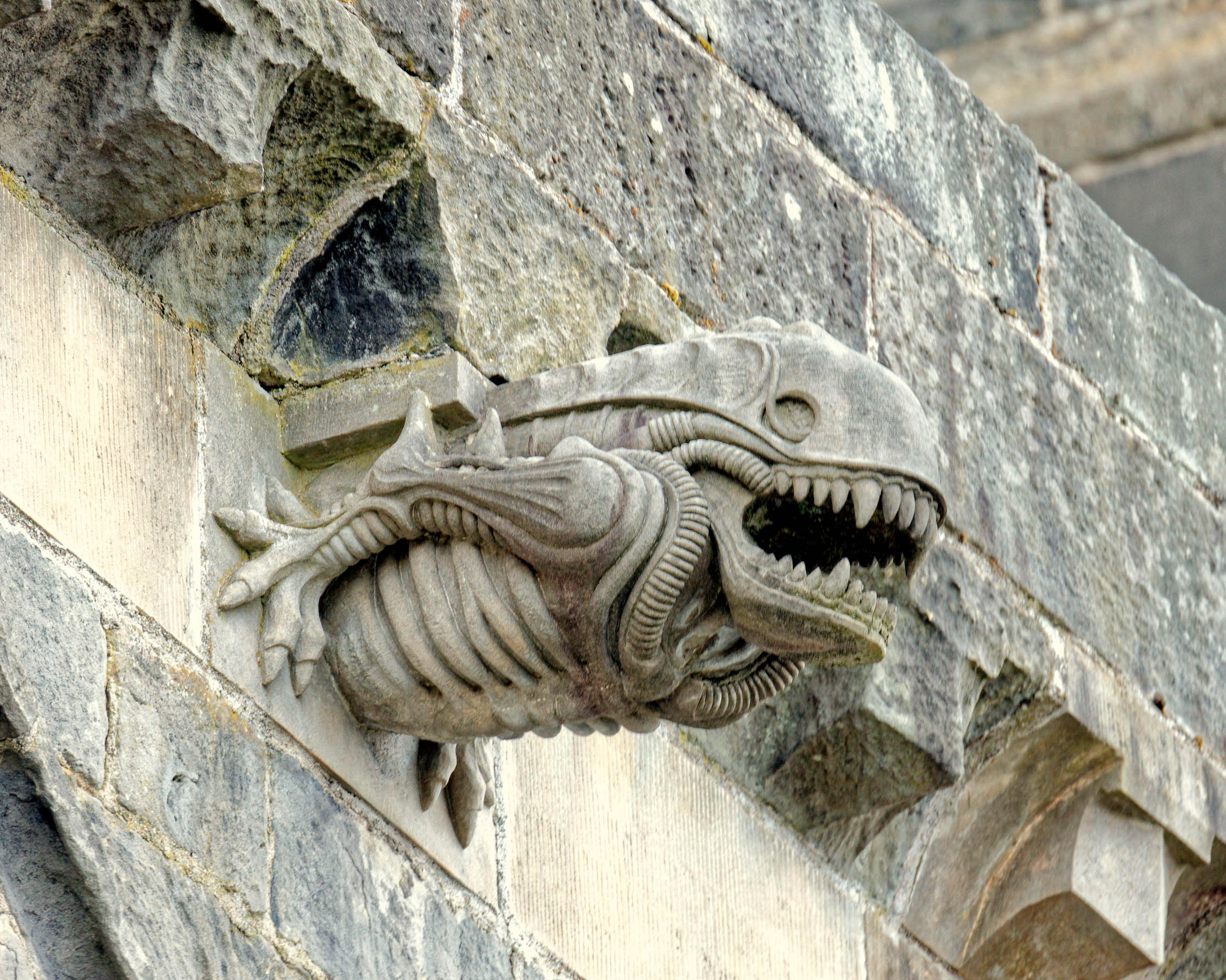
A sense of real mischief underpins many British grotesques — from the nose-picking scallywag on Ely Cathedral in Cambridgeshire to the mooning 15th-century gargoyle of Easton-on-the-Hill in Northamptonshire, which foregoes a mouth-spout for something more, ahem, posterior — but Dr Woodcock can debunk one particular myth.
‘This idea of stonemasons sneaking things in,’ he refutes, amused by the thought of masons adding their own practical jokes to a church roofline. ‘Gargoyles are major carvings. You’re only really seeing half the stone, because the other half is embedded in the building. With a big block of stone, it costs to buy and move it, and it costs to carve it. Records from the late-medieval period show they were paid for by parishes or patrons. As a stonemason myself, I can say that there is no sneaking in.’
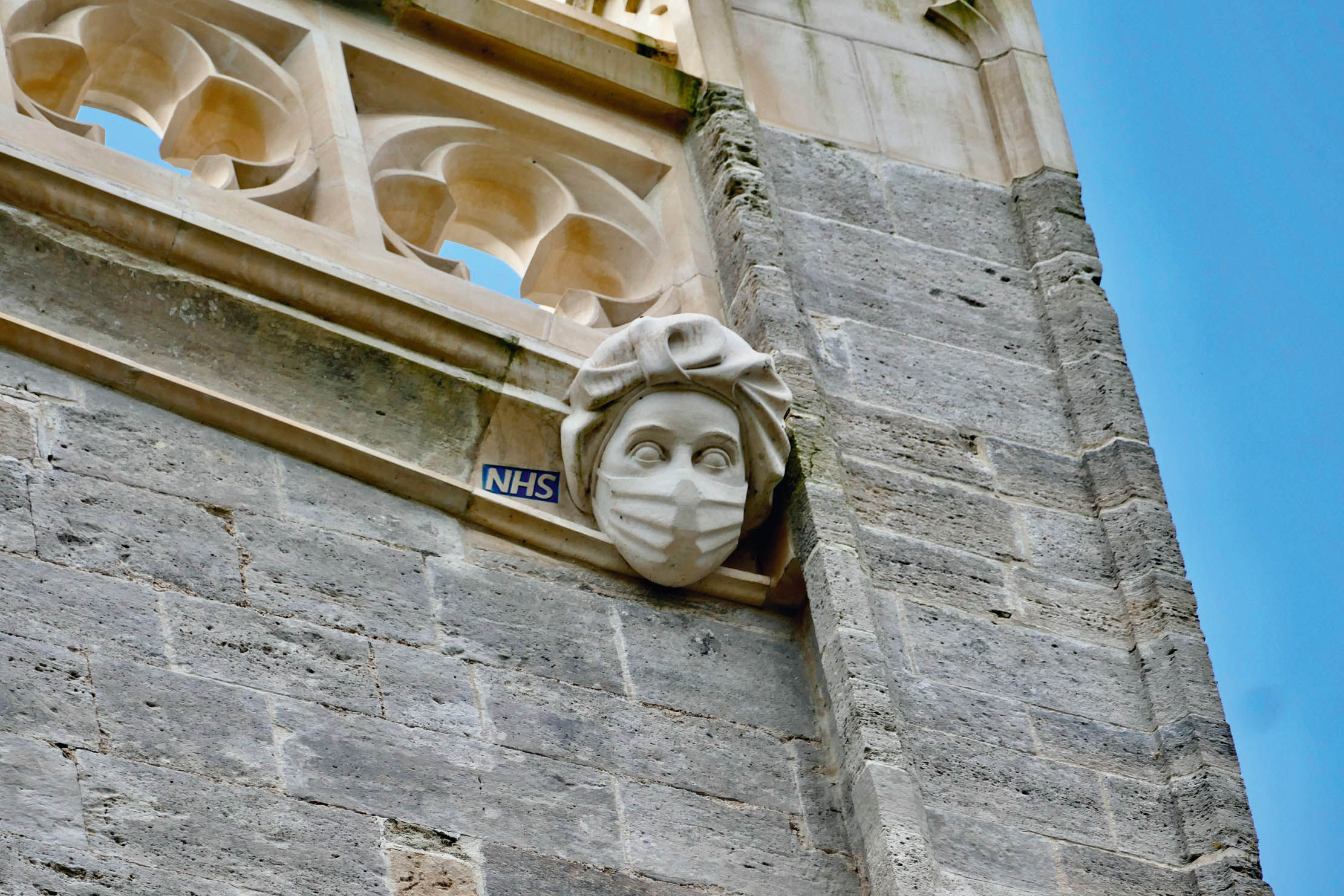
Where to find the best gargoyles in Britain
Many cathedrals have fine examples, with Chester in Cheshire, St Magnus Cathedral in Orkney and the recently restored grotesques at Canterbury, Kent, all well worth investigating.
- St Peter’s Church in Winchcombe, Gloucestershire, is home to a gap-toothed, hat-wearing grotesque known as the Mad Hatter. Some have suggested that it inspired the Lewis Carroll character.

- Some of the country’s most prestigious colleges are home to well-crafted grotesques and gargoyles, including King’s College in Cambridge and New College in Oxford.
- When Cirencester Parish Church, Gloucestershire, had its pinnacles and grotesques repaired in the mid 2000s, three new carvings were added: a businessman, a farmer and a Mohican-sporting punk.
- In more general terms, the limestone belt that arcs from Dorset up to Lincolnshire tends to be home to impressive carvings, thanks to the ready availability of the stone.
- If you’re keen to take in several sites on one trip, the cluster of churches in Hanwell, Bloxham, King’s Sutton and Adderbury — on the Oxfordshire-Northamptonshire border — have some fantastic historical sculptures.
- Cardiff Castle in Wales has all manner of interesting carvings, including some delicate gargoyles and an ‘animal wall’ with baboons, a hyena and a bear.
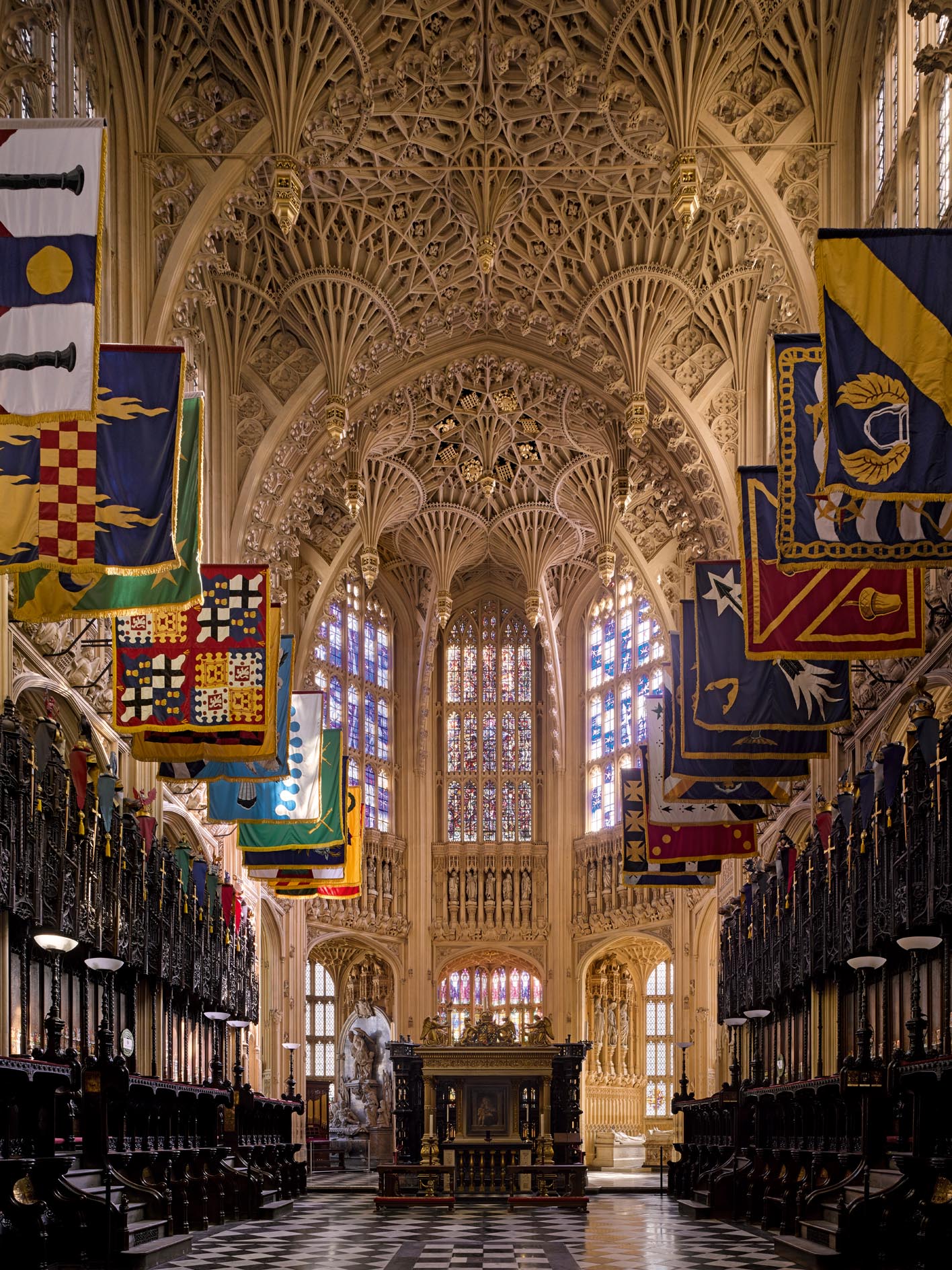
Westminster Abbey: How the nation's coronation church has touched our lives for 1,000 years
In anticipation of The Queen’s Jubilee Year, Country Life had the opportunity to photograph the majestic interiors of Westminster Abbey,
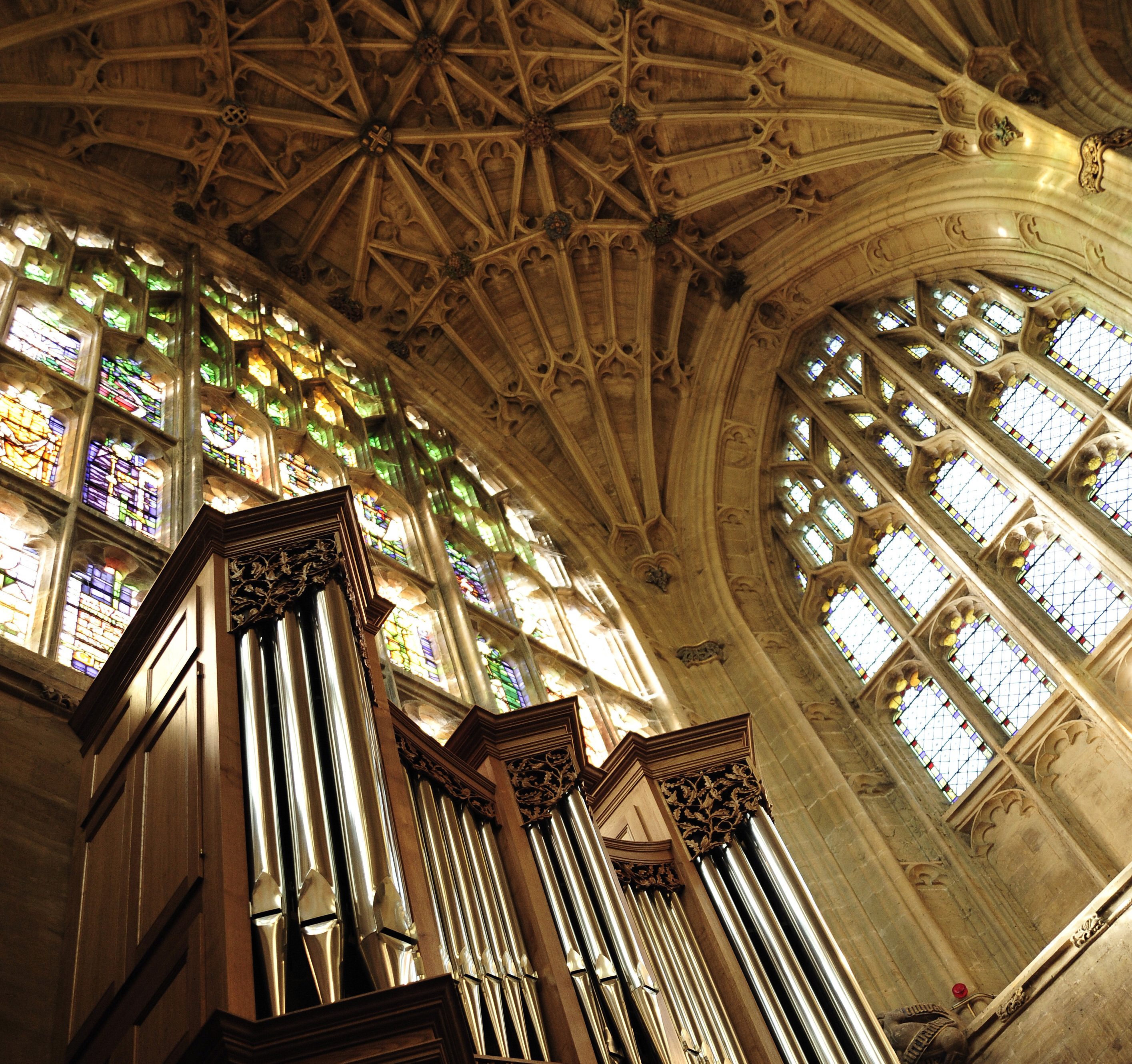
Sherborne Abbey's stained glass: The spectacular Victorian addition to a building with 1300 years of history
The spectacular stained glass at Sherborne Abbey is only part of what makes this building one of the grandest in
Ben Lerwill is a multi-award-winning travel writer based in Oxford. He has written for publications and websites including national newspapers, Rough Guides, National Geographic Traveller, and many more. His children's books include Wildlives (Nosy Crow, 2019) and Climate Rebels and Wild Cities (both Puffin, 2020).
